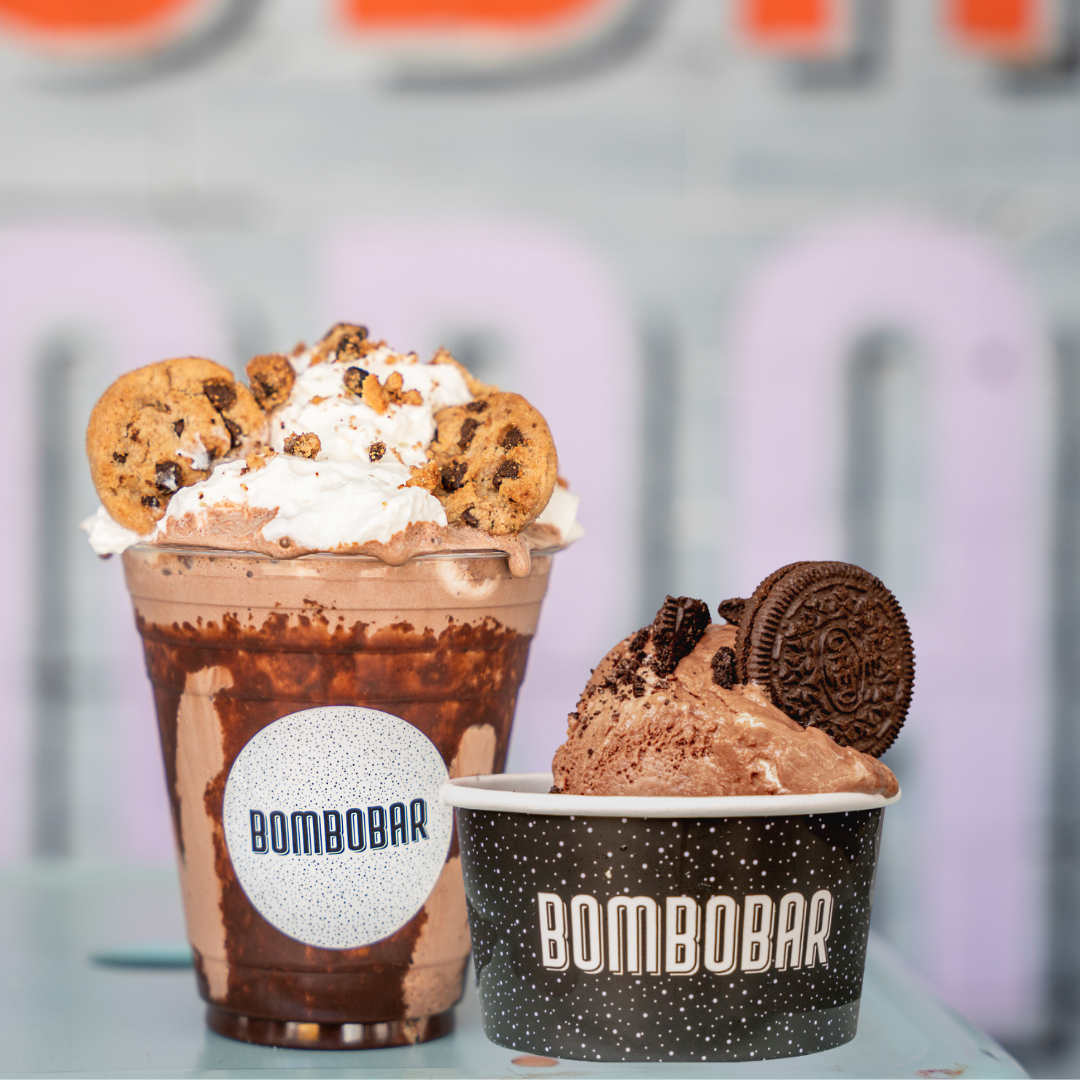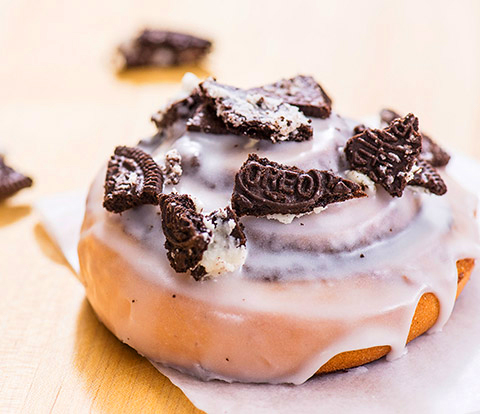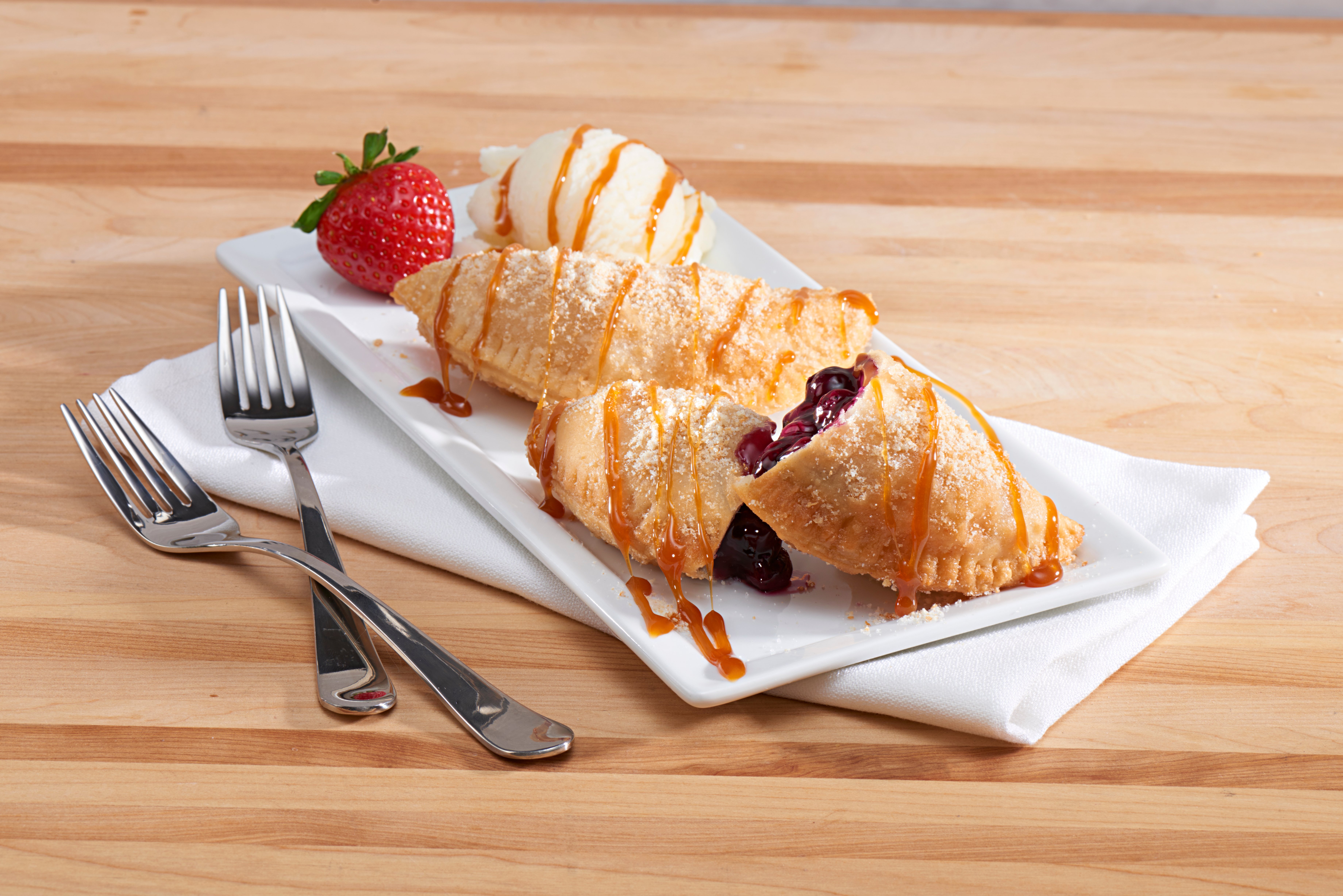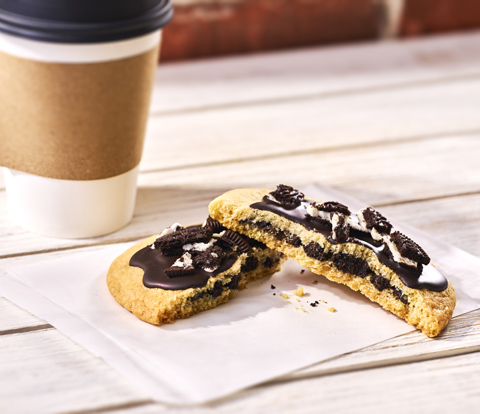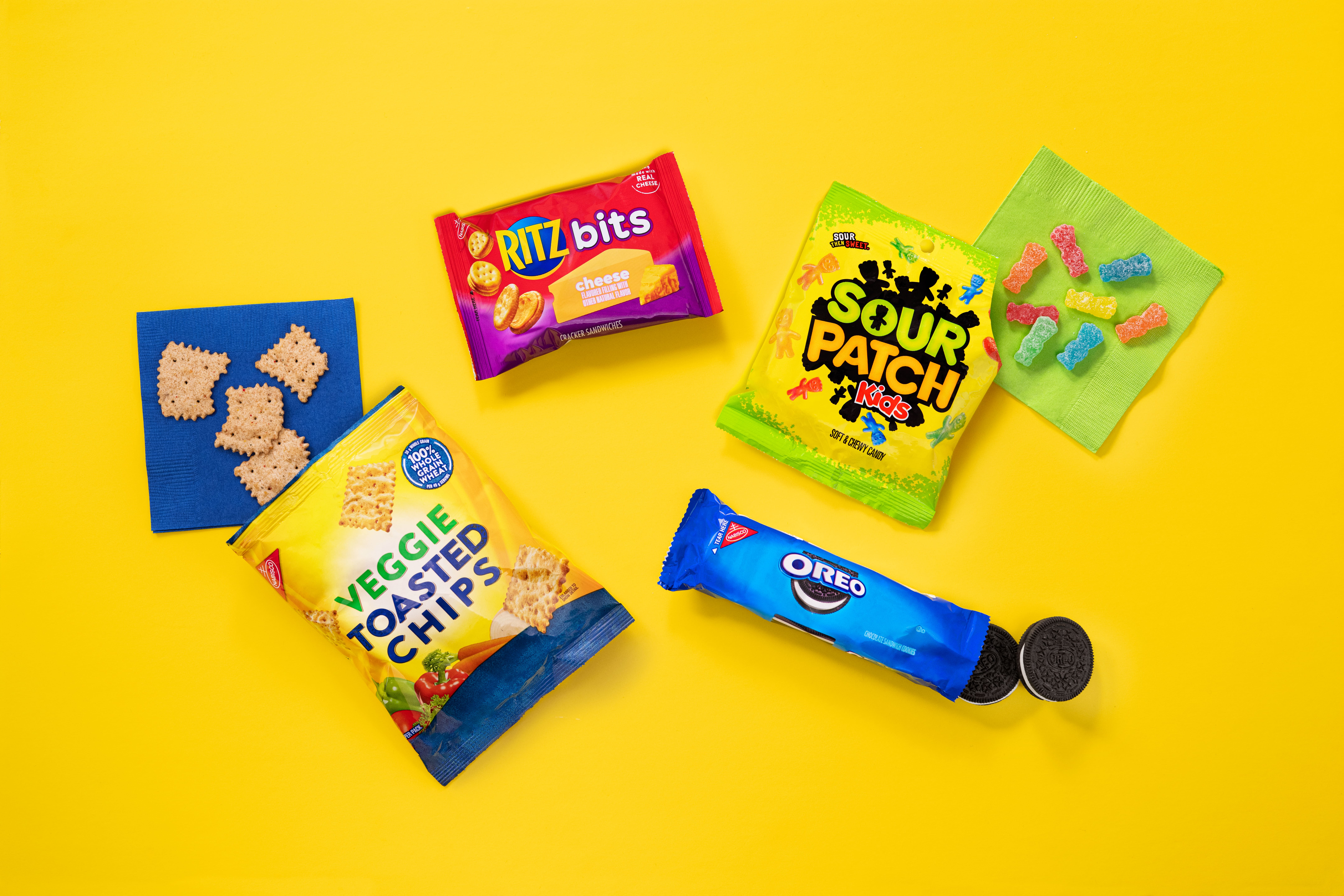Posted in Millennials on March 13, 2017
.jpg?width=448&name=9hajxdvkpik-amelia-bartlett%20(1).jpg) Millennial foodies are serving big changes to the foodservice industry. With 50% of U.S. millennials—one-eighth of the entire U.S. population—claiming to be foodies, foodservice entrepreneurs and restaurant operators are feeling the heat throughout the supply chain to cater to this coveted demographic, as millennial foodies drive menu innovation and transform the food economy.1
Millennial foodies are serving big changes to the foodservice industry. With 50% of U.S. millennials—one-eighth of the entire U.S. population—claiming to be foodies, foodservice entrepreneurs and restaurant operators are feeling the heat throughout the supply chain to cater to this coveted demographic, as millennial foodies drive menu innovation and transform the food economy.1
As shifts in consumer preferences reverberate higher up the supply chain and farmers struggle to meet the demands of millennial foodies, foodservice customer service finds itself increasingly focused on supplying better-for-you fare that doesn’t compromise on flavor. Gone are the days when profitable restaurant operations could rest on their laurels, assured that consumers would settle for a food supply that is low in cost and high in sugar, salt and fat.
A Full Plate of Challenges
The challenge now is to offer a wide range of nutritious foods, from organic and fair trade to vegan and gluten-free options, that accommodate the seemingly insatiable millennial appetite for bold, satisfying flavor experiences at a palatable price point. And while a great chef can devise a new menu that rises to these standards, the onus is on the farmer to grow and produce the necessary ingredients, ensuring that supply can satisfy demand.
Traceable, sustainable and local food sources may be all the rage, but a seismic shift in thinking about the supply chain from farm to table is required to realize the potential that millennial foodie culture presents.
A Feast of Opportunities
How high are the stakes? Organic, functional, allergen-free and better-for-you food sales are projected to reach $1 trillion globally in 2017.1 In the next five years, the gluten-free market is expected to increase 68%, paleo 364%, vegetarian and vegan markets 86%, and raw 101%.1 As a result, the foodservice industry is poised to tip toward a vast smorgasbord of millennial foodie fare that is rapidly progressing from the fringe to the mainstream.But new ways of sourcing, distributing and selling these goods are needed to compensate for the prevalence of industrial, chemically intensive agriculture, which has made it necessary to import organics at high prices.1 To bridge the gap between high demand for local, sustainable and organic products and low supply, foodservice operations and startups are establishing direct-to-farmer relationships, while large manufacturers are creating their own supply chains.1
Digging into the Demographic
So what do foodservice operations need to keep in mind when serving millennial foodies? A recent survey2 by Y-Pulse identified five key trends:
- Influential Foodie Culture: 71% of respondents love to attend food-focused events and 81% enjoy exploring new cultures through food. For them, dining out fuses socializing, entertainment and education—a trend exemplified by the rise of food halls, fancy food emporiums and food festivals, as well as the diversification of food concepts on college campuses.
- Memorable Tasting Experiences: Many consumers veer between novelty and nostalgia. Forty-eight percent favor restaurants with critically acclaimed chefs and 69% love restaurants with chef’s tasting menus. On the other hand, 61% yearn for foods reminiscent of their grandmother’s cooking and 69% for foods that harken back to their childhoods. The common denominator? Unforgettable experiences, with the potential for new twists on comfort foods.
- Speed Versus Savoring: Quick and convenient go far with many millennials. 48% prefer eating meals on the go and 44% value convenience over cuisine. No muss, no fuss is a must for this group, for whom grab-and-go extends to electronic preordering, fast delivery and the easy access of kiosk carts and food trucks.
- Food Trust: Data from the survey reinforces the perception that millennials tend to be more concerned about food origins than previous generations. Sixty-eight percent prefer local sourcing of ingredients and 66% are willing to pay a bit more for locally produced food. An example of the trend is the increasing demand for more local sourcing among college dining operators and K--12 school foodservice directors.
- High Expectations: 67% love ordering healthy options at restaurants and 63% love restaurants with “over-the-top” menu items. In other words, millennials want it all, from QSR menus with salads and double cheeseburgers to college dining halls with mac-and-cheese bars and sushi bars side by side.



